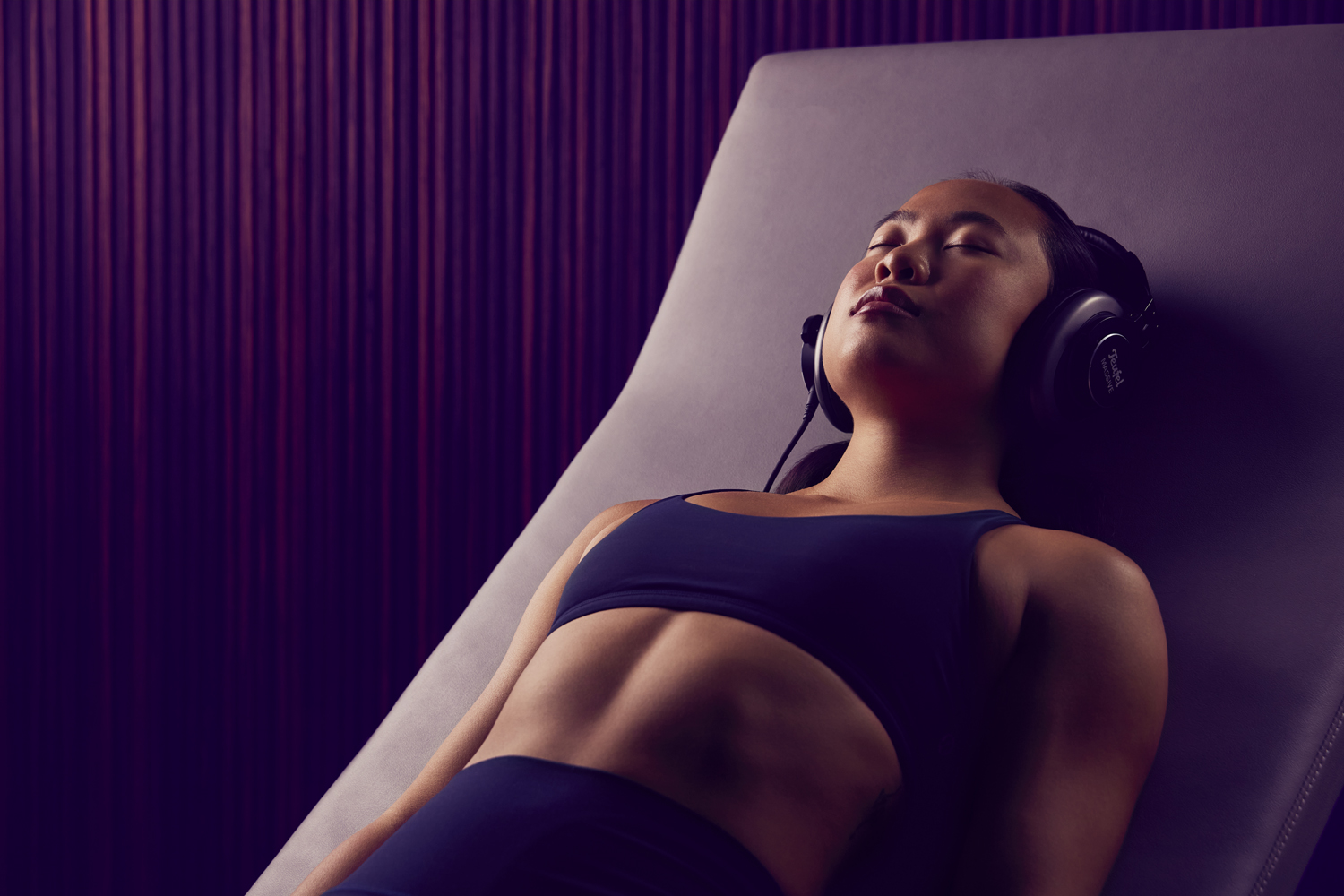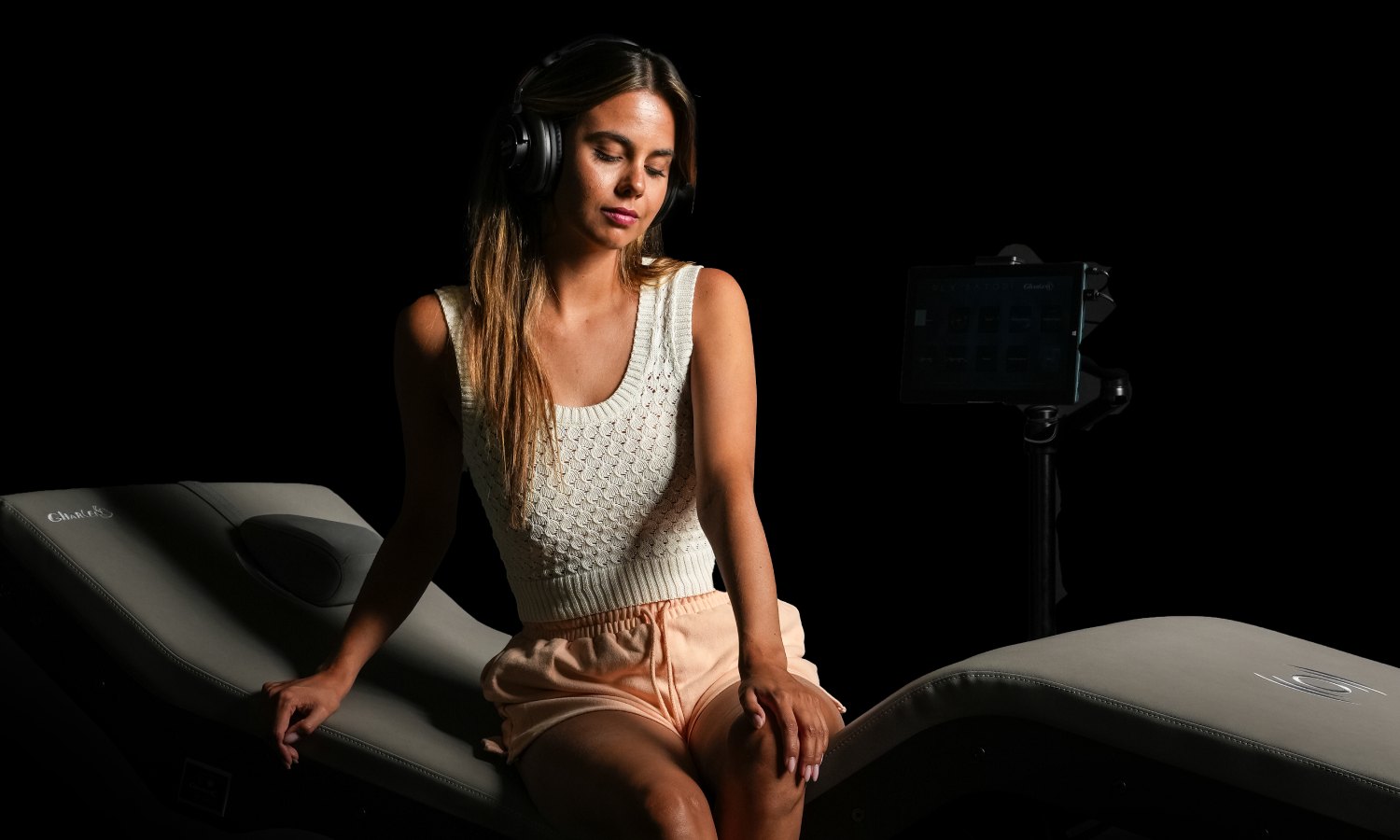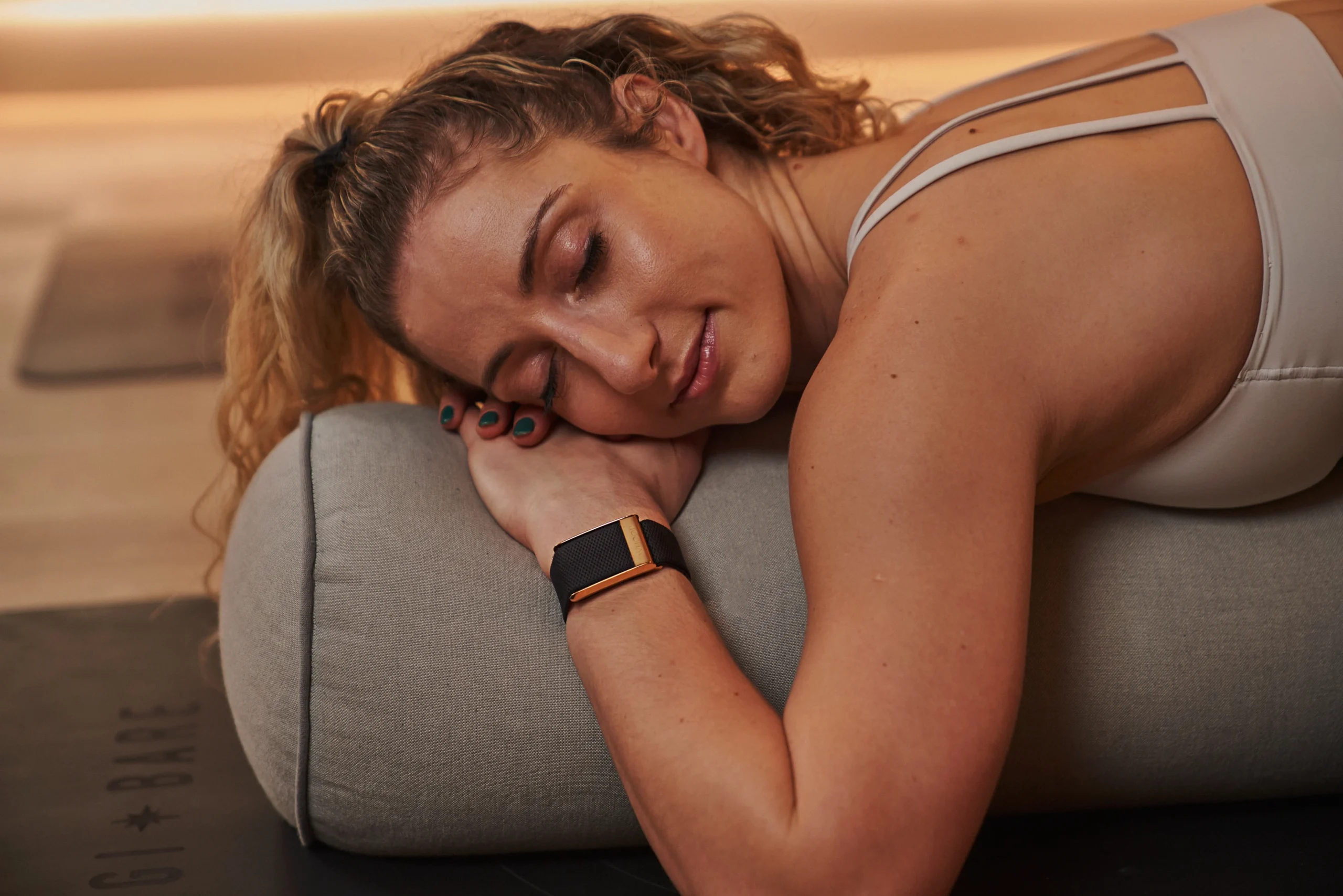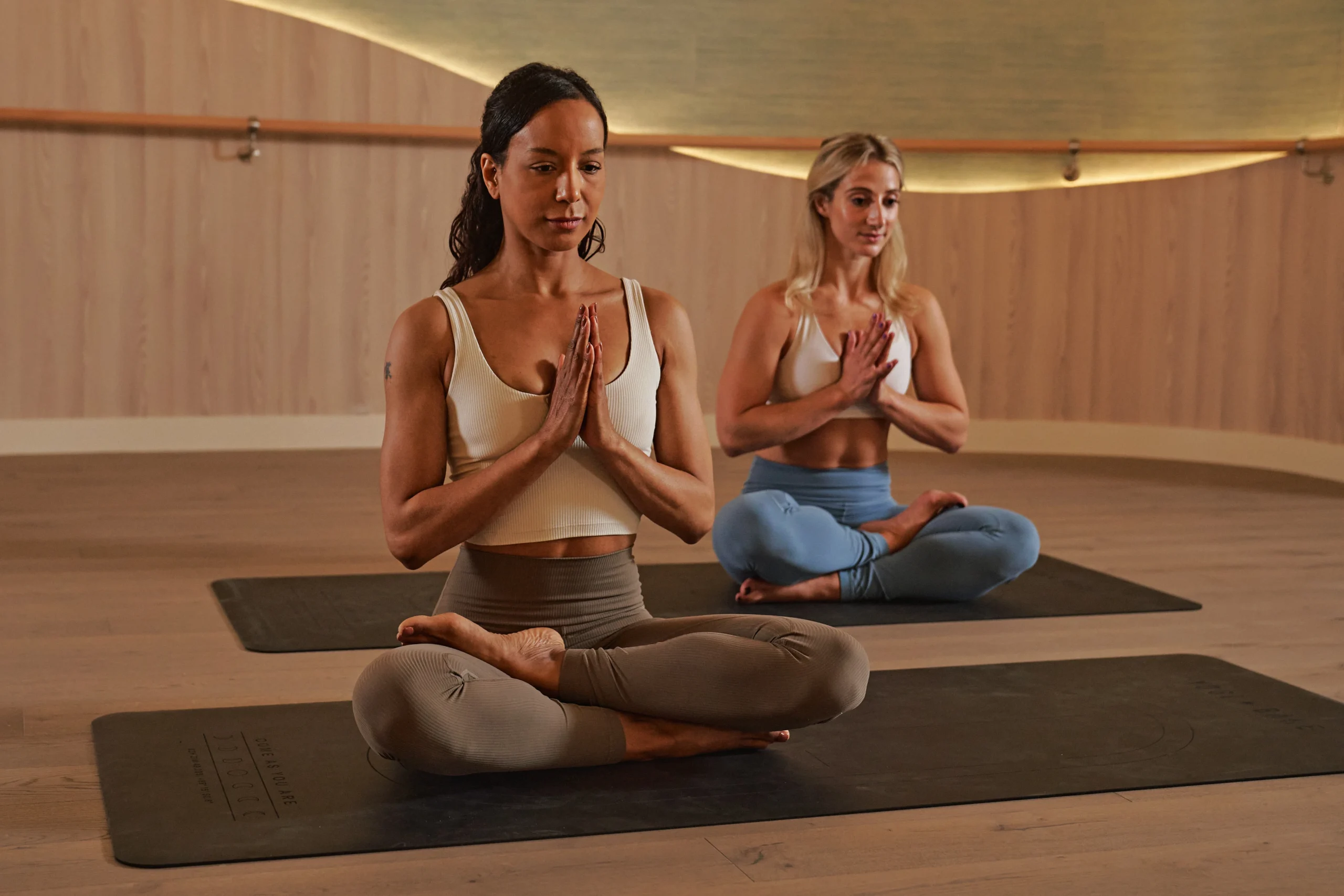- Linkedin Share
- Twitter Tweet
- Email Share
- Copy link Copy link Copied to clipboard
As your body transitions across time zones, your internal clock, or circadian rhythm, falls out of sync with your environment. The result? Jet lag: compromised sleep, reduced cognitive function and a dip in physical performance. But with the right science-backed strategy, you can recalibrate quickly and reclaim your edge, no matter where in the world you land.
At its core, jet lag is a temporary circadian misalignment. Your biological rhythm, governed by light exposure, movement, and hormonal cues like melatonin and cortisol, becomes desynchronised. This impacts not only sleep but digestion, mood, alertness and even immunity. The key is to shift that rhythm strategically, with precision tools and natural methods designed to help you re-adapt to your normal routine.
How Jet Lag Affects the Body
Your circadian rhythm operates on a 24-hour cycle, optimised for your home time zone. Crossing multiple zones confuses the system: melatonin secretion might surge too early or too late, cortisol rhythms may falter, and your energy peaks at the wrong times of day.
Left unmanaged, this internal lag can linger. But by hacking your light exposure, exercise timing, and incorporating targeted recovery modalities, you can accelerate adaptation and minimise disruption.
Light: The Natural Reset Button
Light is a biological signal. It influences your hypothalamus, which governs sleep-wake cycles, hormone release and core body temperature.
Use light exposure to:
-
Advance or delay your sleep schedule
-
Reboot melatonin production
-
Reduce sleep latency and daytime fatigue
How to apply it:
Prioritise morning sunlight within the first hour of waking, ideally outdoors. If you’re adjusting to an earlier time zone, morning light can help advance your circadian phase. If shifting later, use light in the late afternoon. For those without access to sunlight, calibrated light therapy boxes can serve as an effective alternative.
Exercise: Timing Movement for Maximum Impact
Exercise is a potent circadian regulator, influencing everything from hormone balance to sleep depth.
Use exercise to:
-
Signal wakefulness and mental clarity
-
Support mood and metabolic function
-
Help shift your internal clock
How to apply it:
Schedule moderate-intensity training sessions in line with your target time zone, morning workouts are ideal when travelling east. Training outdoors adds the bonus of natural light exposure, amplifying circadian recalibration.
Recovery Tools: Vibroacoustic Therapy & Cryotherapy
To combat the physical and mental stress imposed by travel, use recovery-focused interventions such as Vibroacoustic Therapy and Cryotherapy to accelerate and optimise your circadian rhythm. Both treatments are available at Third Space Recovery Spa.
Use Vibroacoustic Therapy to:
-
Rebalance after long-haul travel or disrupted routines
-
Improve sleep onset
-
Calm the nervous system
Use Cryotherapy to:
-
Improve sleep quality
-
Increase alertness and reset cortisol rhythms
-
Shift into your new schedule faster
Build Your Jet Lag Recovery Strategy
Whether you’re flying for business or taking a well-earned break, planning makes all the difference.
Before you fly:
-
Gradually adjust your sleep/wake times 2–3 days prior
-
Time light exposure based on your destination
-
Begin incorporating light movement or cold showers early in the day
On arrival:
-
Get sunlight as soon as possible
-
Avoid caffeine after midday (local time)
-
Use red light or breathwork in the evening to wind down
-
Hydrate consistently, and avoid alcohol close to sleep
Arrive Ready. Recovery Faster.
Jet lag doesn’t have to define your first few days back. With a science-backed approach and the right tools, many of which are available at Third Space, you can reset faster, perform better and step straight back into your routine with confidence.
For personalised recovery support, speak to one of our expert Personal Trainers or explore the recovery tools and facilities at your club.



